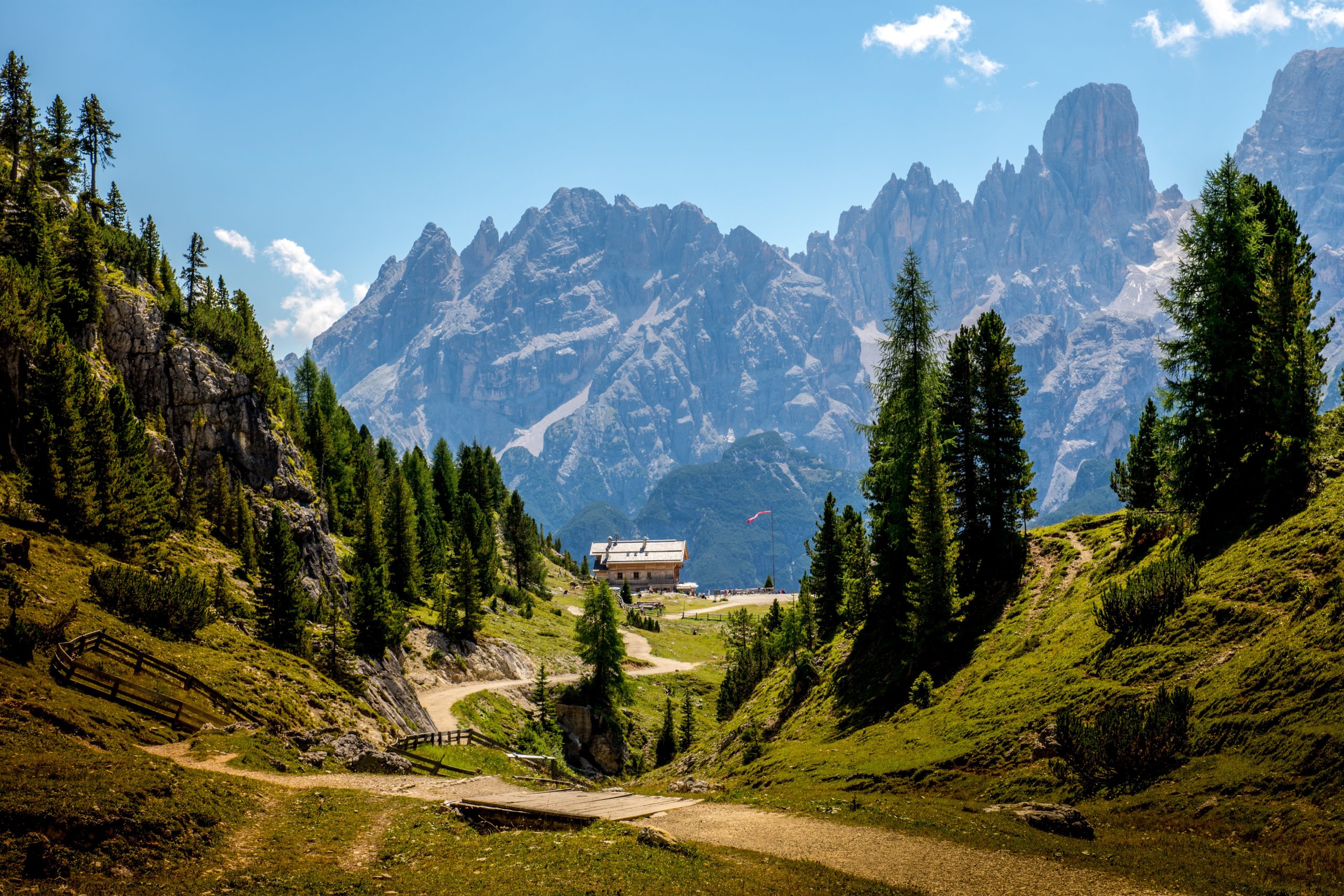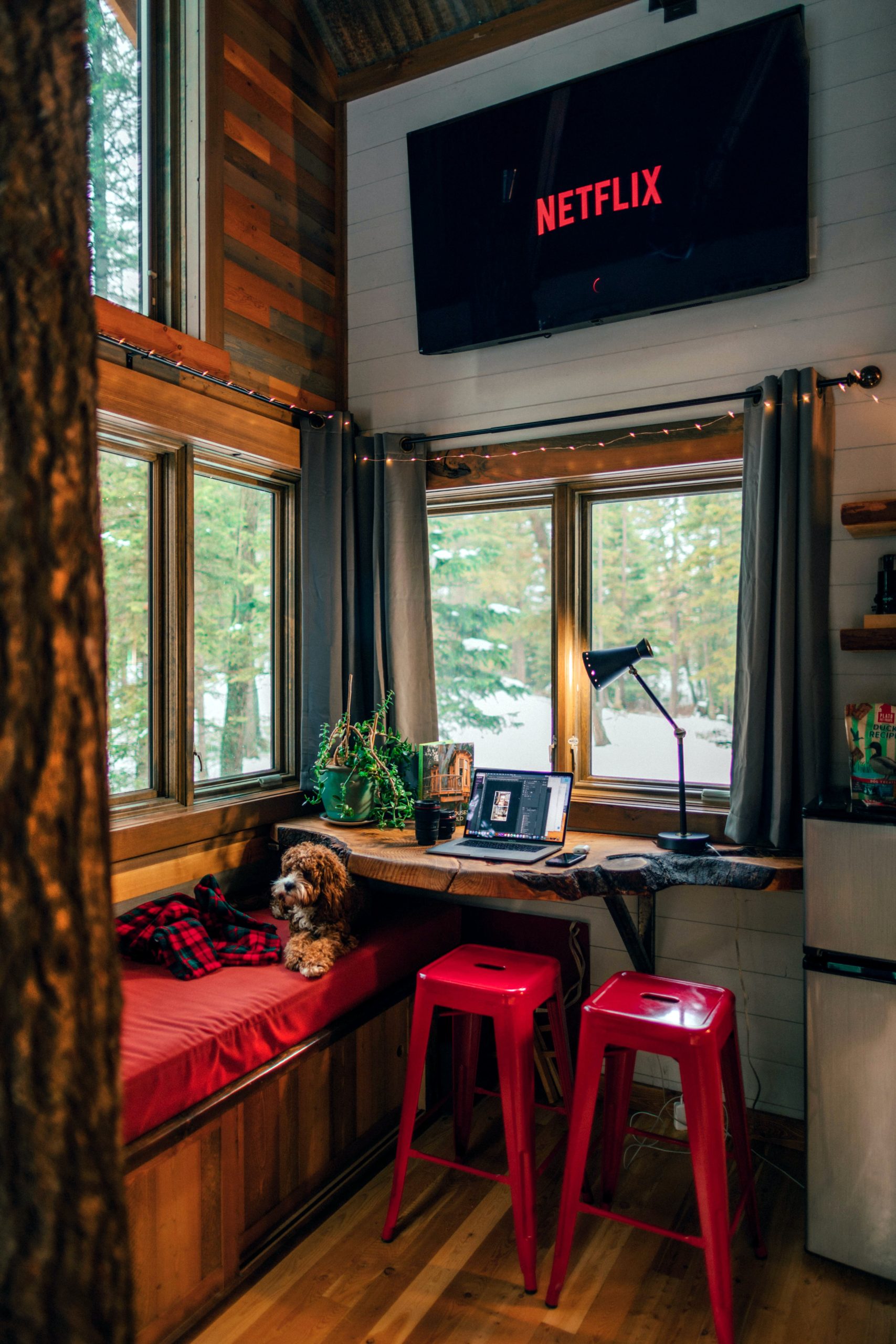If you’re a rental manager or a beginner in the world of short-term rentals, you’ve probably arrived at the conclusion that running a vacation rental is a lot of work. It’s no vacation! Spring break comes around and while others are trading in briefcases for suitcases, you’re gearing up for the busiest times of the year. For many property owners, spring break marks the beginning of that seasonal madness, and if you’re not ready, you may find yourself left behind while others ride the wave of opportunity.
Vacation days may never be the same, but if you use the following three tips, they could become the bankroll booster you always dreamed they’d be.
Attracting spring break travelers to your listing.
First you need to get spring break travelers to book your listing. Here’s how.
Keep your Airbnb listing current
One of the best ways to ensure a steady stream of bookings is to make sure your Airbnb listing is up-to-date. Does your Airbnb description best match what you are offering? Are there new amenities that you’ve forgotten to add to your list? Are there new flowers in your garden that would look great in the pictures? We advise that you update your Airbnb listing descriptions on a monthly basis to ensure you don’t miss out on bookings.
Optimize pricing using dynamic pricing
Because the demand for listings fluctuates with the seasons, on weekends, or in reaction to regional events, it can be challenging to keep up with ongoing pricing analysis and optimization.
Your biggest ally in developing your pricing strategy for Airbnb will be a dynamic pricing tool. Employing a pricing tool is crucial to optimizing the earnings of a short-term vacation rental since these tools frequently create income that is substantially more than their cost. All of the aforementioned factors are taken into account (and more including competitors, historical data, etc.) when setting a nightly rate for your rental. Additionally, the pricing tool offers a ton of customization options that enable better control over price without the burden of having to manually alter everything all the time (e.g., discounted pricing on gap nights to fill the schedule).
Turn on Instant Book for your listing
Enabling the instant book function on Airbnb is another way to increase bookings on your vacation rental listing. Instant Book enables tourists to reserve a property immediately, if they fulfill the criteria you have pre-selected.
In the end, Instant Book creates a win-win situation for both sides since it makes booking simpler for visitors and increases the number of bookings for hosts. You can always cancel if the guest looks problematic.
Work on your Airbnb SEO
The more unique your listing is, the more likely it is to appear high in the search results on Airbnb, or other OTAs you use. It is true that for the first month, Airbnb automatically promotes new listings. But if you want to maintain your high position following that grace period, use these 10 Airbnb SEO suggestions:
- Upload top-notch pictures, the best ones first
- Improve the headline of your listing
- Give a precise and effective description
- Quickly and efficiently communicate
- Obtain more five-star ratings
- Invest in vacation home technology
- Upgrade your facilities
- Make your listing’s price appealing
- Avoid cancellations and rejections
- Obtain Superhost ranking
Add the word “discount” to your title
Another effective way to keep your Airbnb offering occupied during spring break is to include “discount” in your listing title. This makes people click your listing and increases the chances that they will book with you.
Reduce minimum night requirement
The Spring Break season would be a great time to experiment with a one-night minimum. Most cleaners would be delighted to accept the additional task.
It might be wise to cut your nightly pricing in tandem with lowering the minimum number of nights required. Although it may seem obvious, you could be shocked at how low you can sink. With a variety of marketing tools at their disposal and a team committed to accurate pricing, hotels may lower their rates by up to 40% during the off-season. You can calculate how low you can go by understanding your fixed expenditures and variable costs.
Relax vacation rental house rules
If you have a very strict rental that allows no additional guests or pets, it may be the time to rethink those. Spring Breakers may want the type of getaway where they can bring their furry best friends or meet up with their friends in your location. If you relax these rules, as a result, occupancy rates for short-term rentals may be higher during the off-season. Think about any other rules you can remove, that won’t end up costing you.
Remove extra person charges
Charging for each extra member is a strategy for competitive pricing, but we advise that you reserve this aggressive pricing strategy for the busiest time of the year. Go ahead and eliminate the extra person price during your slow months. This will encourage potential customers to book your place.
Retargeting ads
Pixel-based retargeting ads are a great way to reach potential customers who have already shown an interest in your website and products. This can be a worthwhile strategy because you really want to make sure you are able to convert people interested in your rental properties into guests.
Essentially, pixel-based retargeting ads work by utilizing a web browser’s cookies, which is a tiny file stored on their computer that notes where on the web they’ve been. Thus, the ads you create for your offseason rental properties can target users who have recently viewed one of your rental property web pages. Add a spring break vacation touch to it and you’re golden.
Email outreach
Even though social media is becoming more and more popular, the majority of individuals still use travel email marketing to plan their trips. In actuality, 58 percent of individuals check their email first thing in the morning, ahead of checking social media or the news.
These are excellent figures for email advertising in the tourism sector. It implies that a successful travel email marketing plan will enable you to connect with millions of potential clients who are ready to read the content you offer.
Influencer marketing
There is no better technique if you want to increase your rental reservations on social media than to concentrate on content and influencer marketing.
First of all, an influencer is a person with a sizable online following who often publishes on social media platforms like Instagram, Facebook, and Youtube. A travel influencer is someone who explores the globe and blogs about their experiences.
Influencers have been more prevalent in the previous several years who work on it full-time. Today, 82% of tourists follow influencers and blogs on social media. Travel influencers have long been welcomed by hotels to use its amenities and services in exchange for promotion. Tapping into social media influencers is also a great way to attract the younger, college student type of traveler.
Prepare your vacation rental for Spring break travelers
Sell your local resources
No, not literally—you don’t need to peddle your neighbor’s garden gnomes to get travelers’ attention. Sell local attractions: the must-visit national park, the sandy beach on the other side, the lake that’s great for kayaking, the adventurous biking trail nearby, the bar that’s great for cocktails & sunsets, and the theme park your kids love. What other hot spots can you think of?

One study aiming to discover what determines the length of a customer’s stay cites not only personal travel tastes but also the “perceived characteristics of the destination” as the primary reasons why someone leaves or stays at a specific vacation spot. It makes sense because the more diverse, active, and inviting the destination, the longer a traveler will be tempted to stay. A good spring break destination gives people the opportunity to relax and have fun.
With such a varied population of Spring Break vacationers, you need to make sure you’ve found something in the character of your neighborhood to entice just about anyone to choose your property. Talk up your town in your internet listings, on your website, on emails, or over the phone. Connect a customer to their new favorite hole-in-the-wall restaurant, for example, and they may repay you with a good review and a return visit.
Provide alternate entertainment
Despite those efforts to connect your renter with the local wonders, you can’t deny the need for the at-home amenities. Specifically, you’ve got to appeal to the energetic travelers and your more casual customers because you’ll likely have one of each in any group of renters. Your job is to facilitate the compromise.
One study of tourism even suggests that tourist satisfaction draws on the amount of compromise involved in their travel decisions. After all, even the most active traveler wants a night at home sometimes. And let’s not forget that spring break also leans toward family vacations, which means you’ll have a range of ages, interests, attitudes, and energy levels to appease.
To make your rental property enjoyable, consider adding a few entertainment options that will appeal to wide audiences. You might consider adding a small personal library (young adult fiction is a good option), a selection of board games, or a comfortable movie viewing area to your space. And no need to buy DVDs; there are plenty of entertainment plans available—TV subscriptions like U-verse, Netflix, Hulu, and Amazon Prime Video provide shows and movies for just about anyone. These add-ons are super family-friendly.
Find what works for you, and—even more importantly—help your customers find what works for them.

Go the extra mile
There may be twenty other housing options within a five-mile radius of your rental, but that doesn’t mean yours can’t be first choice. A survey of rental property managers reveals their most demanded hospitality services, some of which they admit they don’t provide. The small services you do offer can set you apart from your competitors and ensure that your calendar is always full.
Virginia Tech evaluated consumers’ social media feeds and found that customers were “more likely to post online about experiences rather than the consumption of products.” Just think back to the reviews you’ve read of your own, or other, rental properties’ sites. It wasn’t just the beds that made a difference—it was the small services that influenced the customers’ experience.
You never know when an early check in, a personalized note, a food-stocked refrigerator, or a mid-stay cleaning will make the difference, but often enough, it will.
Remember to also protect yourself from spring break guests
Long before the COVID-19 coronavirus epidemic, house parties were a concern for owners of holiday rentals, Airbnb hosts, and managers of short-term rentals. Some advice is obvious and fundamental. The first thing you need to do is prevent going ahead with bookings from risky individuals. If they do decide to reserve, you should be able to communicate with your visitors to reaffirm your “no party/no events” instructions. In person or not, you may still keep an eye on the issue.
Booking types differ in their level of suspicion. Let’s imagine a 22-year-old who lives in the same city as the property makes a suspicious same-day reservation for a 5-bedroom villa for one night on a Friday evening. You can learn to spot certain patterns that describe risky reservations.
You can help yourself by adjusting a few things in your channel manager or on websites like Airbnb, Vrbo, or Booking: No same-day reservations and no weekend stays of one night, for example.
Use a guest screening tool
While all OTAs have their own guest screening processes, you’d be better off with a 3rd party tool such as Autohost or Safely to do the job for you. These tools not only include guest screening technology but also often come with embedded insurance, making your online activity secure.
Implement a security deposit for every booking
A security deposit is an agreed amount of money that guests pay to cover the costs of any damages they may incur during their stay. If there is no damage after check-out, you return the deposit to the guest in full. If there is any damage caused by the guest, money is deducted from the deposit to cover the expenses before returning the rest. This is a great way to protect yourself from spring break party-ers.
Get your vacation rental insured!
Vacation rental insurance is another way to protect your investment and ensure your home, belongings, and guests stay safe. By opting for a good vacation rental insurance, you won’t need to rely on a typical homeowners policy with huge gaps in coverage that leaves your business vulnerable.
Hostfully’s PMS offers integrations to protect yourself from bad guests
A Property Management System can not only do all the work for you in terms of daily operations, but they often come integrated with many insurance providers to protect you from bad bookings. Take Hostfully’s Property Management Platform for example – voted one of the best in the industry, having won Preferred/Premier partner for Airbnb, Vrbo AND booking.com. Hostfully’s PMS comes integrated with many tools to help you automate your processes, including dynamic pricing tools (Beyond, DPGO, Wheelhouse, etc.) and insurance and protection providers (Autohost, Truvi, Safely, and Insuraguest). With such integrations, you’ll be able to fill out your calendar during Spring Break, while also giving you peace of mind when it comes to hosting.
So there it is—your guide to making your rental property the perfect destination for any traveler this spring break. Get a head start on advertising your local attractions, padding your indoor entertainment options, and offering an array of hospitality services, and you may even find time for some summer fun of your own.







